Albany, New York, has a rich history of urban development that spans several centuries. The city’s development can be divided into various phases, each marked by significant events and changes. Here’s a brief overview of the history of urban development in Albany:
- Early Settlement and Colonial Era (17th-18th centuries): Albany was originally settled by the Dutch in the early 17th century and was known as Fort Orange. It became a trading post and a key hub for fur trading in the Hudson Valley. In 1664, the English captured the city, renaming it Albany in honor of the Duke of Albany, who would later become King James II. During this period, Albany was a vital center for commerce and government, serving as the capital of New York from 1797 to 1799.
- Industrialization and Erie Canal (early 19th century): The construction of the Erie Canal in the early 19th century had a profound impact on Albany. The canal connected Albany to the Great Lakes and New York City, making it a critical transportation and commercial hub. As a result, the city experienced rapid growth, and industries such as manufacturing, shipping, and trade thrived.
- Development of the “Egg” and State Government (20th century): The mid-20th century saw the construction of the New York State Capitol, a grand and iconic building. The Egg, a modern cultural venue, was added to the Capitol complex in the late 1960s. Albany also became an important center for state government, hosting the New York State Legislature and numerous government agencies.
- Urban Renewal and Revitalization (mid-20th century): Like many American cities, Albany experienced urban decay and the effects of suburbanization in the mid-20th century. Urban renewal projects aimed to revitalize the downtown area, leading to the construction of new government buildings, shopping centers, and residential complexes. This era brought significant changes to the city’s urban landscape.
- Modern Development and Growth: Albany has continued to evolve in the 21st century. The city has invested in improving its infrastructure, transportation, and education systems. The redevelopment of formerly industrial areas along the Hudson River waterfront has created new opportunities for residential and commercial development.
- Cultural and Educational Hub: Albany is home to several colleges and universities, including the University at Albany, SUNY, and the Albany College of Pharmacy and Health Sciences. These institutions contribute to the city’s intellectual and cultural vibrancy.
- Preservation of Historic Sites: Albany boasts a wealth of historic architecture, including 18th-century Dutch buildings, Georgian and Federal-style homes, and Victorian-era mansions. Efforts have been made to preserve these historic structures, and the city’s historic districts are recognized and protected.
Albany’s history of urban development reflects the broader trends and changes in American cities, from its colonial origins and industrial growth to more recent efforts to revitalize the city and maintain its historical character. Today, Albany is a diverse and vibrant city with a mix of historic charm and modern development.

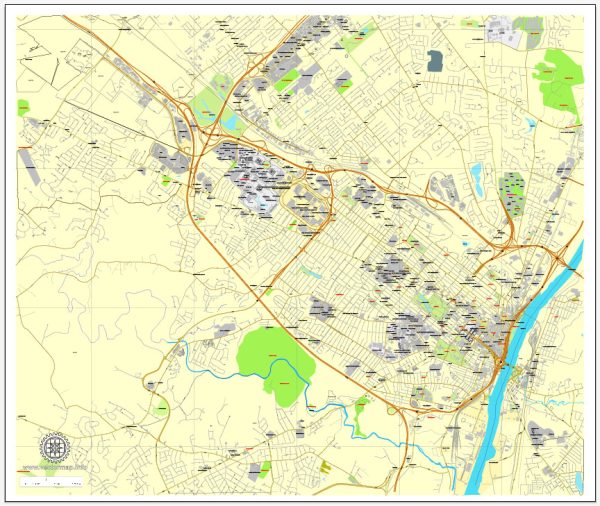
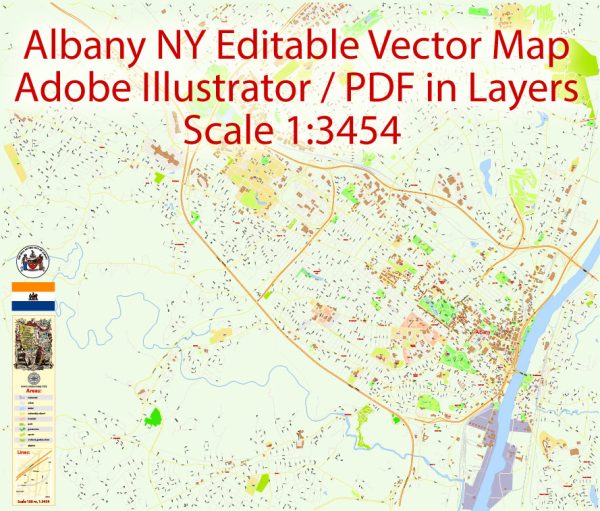
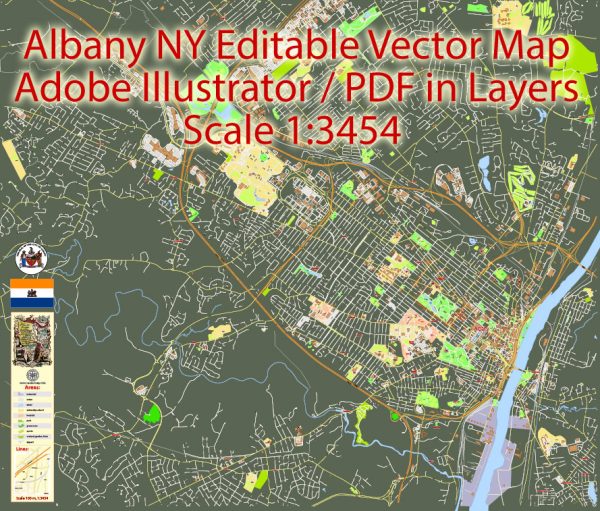
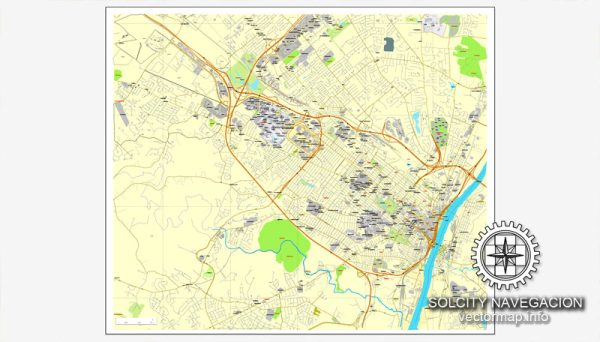
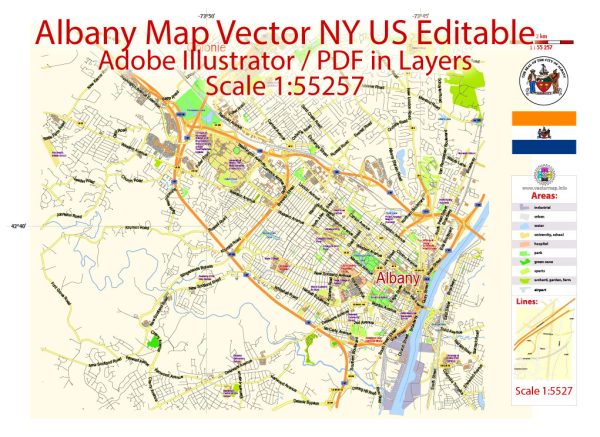
 Author: Kirill Shrayber, Ph.D.
Author: Kirill Shrayber, Ph.D.